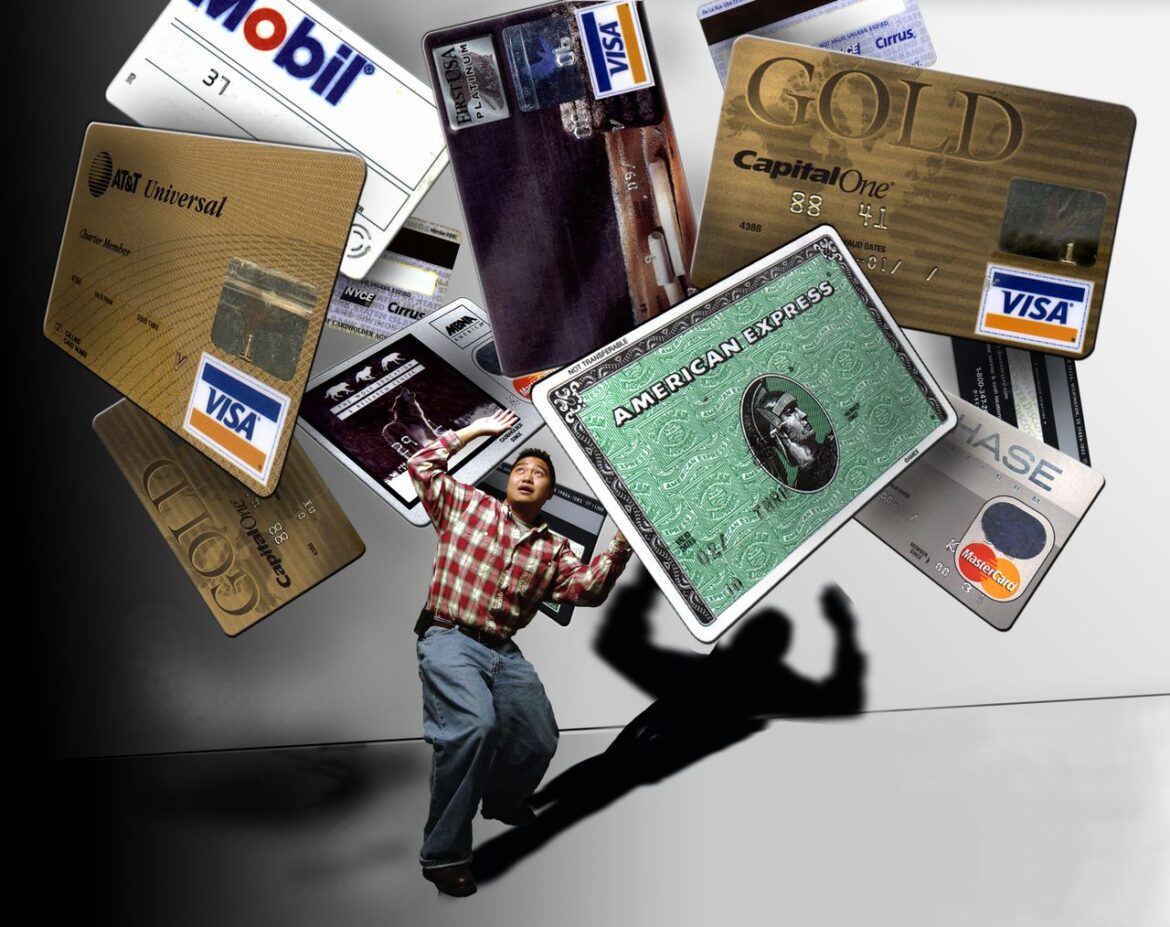Getting Out of Credit Card Debt

If you want to stay out of credit card debt, you need to be proactive. This means knowing what you’ve charged on your cards and how much you’ve repaid. It also means knowing how much available credit you have. Using your credit card as a payment tool rather than a revolving debt instrument will help you avoid the cycle of debt and bankruptcy.
Credit card debt is a common issue for many people, but it can be avoided. The balances on your credit card are not paid by the due date, so interest and fees accumulate on the outstanding balance. The amount of interest on these accounts is calculated annually and is based on your credit history and card issuer.
Many consumers underestimate the amount of interest that they pay on their credit cards. They may also de-prioritize their credit card payments because they’re smaller than other debts. For example, when they get their tax refunds, they might pay off their credit cards, but then use the money to make new purchases.
Talk to your credit card issuers about financial assistance programs and a lower interest rate. Depending on your situation, many issuers will offer to help you set up a debt management plan or even waive late fees and interest. This may not eliminate your debt, but it will buy you some time while you figure out how to make the minimum payments.
Getting your credit score back up is a major part of getting out of credit card debt. Checking your credit report on a regular basis can help you identify any credit issues that you may be having. By paying your bills on time, you can improve your credit score. Getting out of credit card debt can seem intimidating, but once you start taking steps to pay it, the entire process will be easier.
Credit card debt statistics reveal that the average American will have $887 billion in credit card debt by 2022. This is an increase of $46 billion from the first quarter of 2022. This growth is a 13% year-over-year increase, and many people will have more than one card in debt.
In addition to debt, credit card companies make money when people do not pay their bills in full. A finance charge is a fee that the credit card companies apply to any transactions that do not have a grace period. The finance charge is also applied to cash advances. As a result, people with credit card debt often underestimate the amount of time it will take them to pay off their debt.
Credit card debt is a common source of personal debt, and the average interest rate on credit card debt is 16 percent. However, these figures don’t account for the cost of revolving credit cards. These cards are more expensive than any other form of consumer debt, including auto loans and government student loans.
Getting Out of Credit Card Debt was first seen on Help with My Debt
